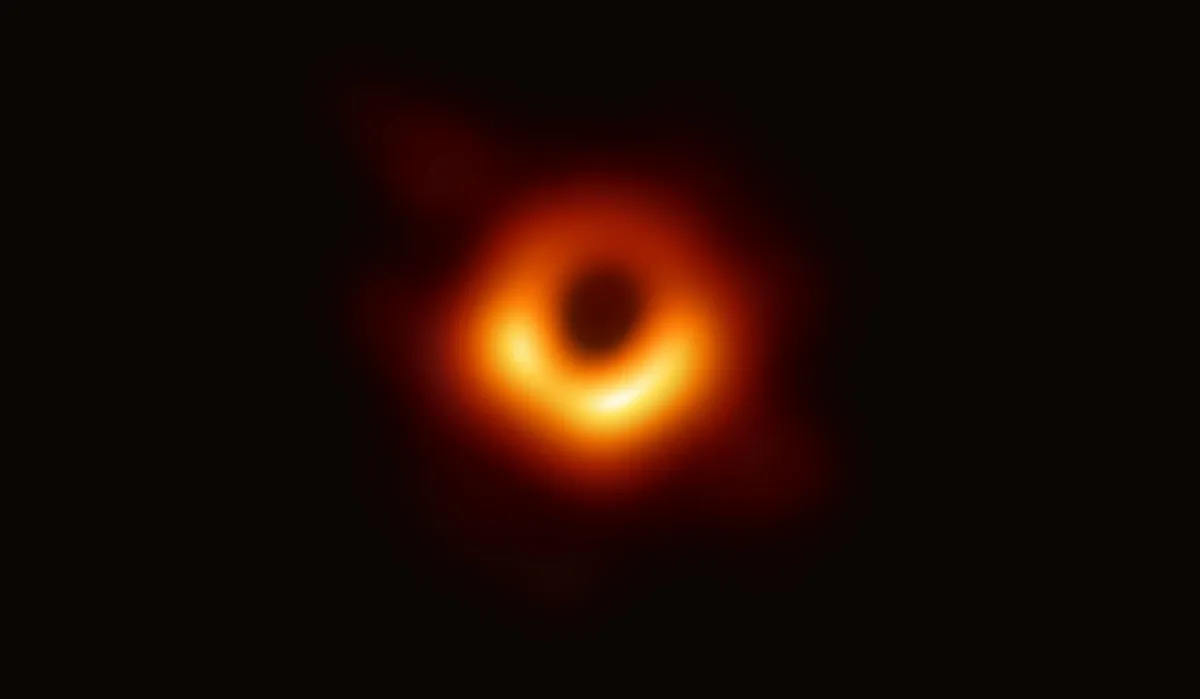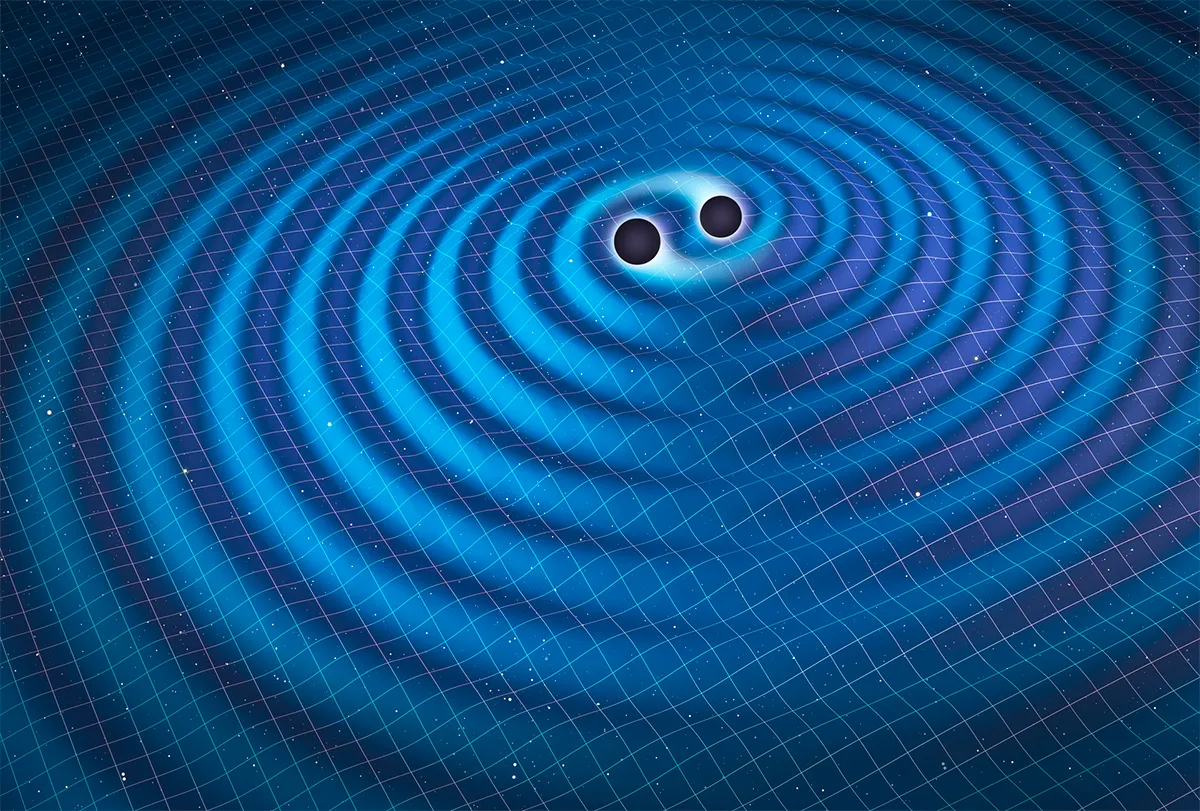You’d be forgiven for thinking astronomers have black holes pinned down.
Whether it’s the dramatic imaging of black hole shadows by the Event Horizon Telescope or observations of gravitational waves with magnificent instruments such as LIGO.
Or the discovery of actively growing black holes in images taken by the James Webb Space Telescope of the early Universe, we’ve never had more ways to observe and understand these elusive and fascinating beasts.

Yet most still escape our gaze.
The most common type of black hole is probably that produced by the death of a single massive star, left to wander the galaxy on its own.
There may be 100 million of these things in the Milky Way alone.
While black holes in binary systems can be detected by their effects on companions, only one of these isolated black holes has ever been spotted, detected as light from a background star was bent – gravitationally lensed – by its passage.

Lena Murchikova and Kailash Sahu have a plan to change that.
They take as their starting point the realisation that we should have plenty of local black holes: something like 35 within 150 lightyears of us.
Black holes, of course, notoriously do not emit light, but when material accretes onto them it can form a bright disc, converting gravitational energy into light that we can detect.

How to see nearby black holes
So, will any of these black holes be consuming matter at a high enough rate that we might see them?
The calculations in their paper, building on physics developed in the 1950s by Hermann Bondi in Cambridge, show that black holes passing through the densest clumps of gas and dust in our local interstellar medium would shine brightly enough to be easily seen with our most advanced telescopes.
Provided we look in the right place at the right time.
Such clumps account for just a small fraction of our surroundings, though, and the odds of a black hole ending up in one, just when we have produced telescopes powerful enough to see it, are low.

More promising is the predicted emission from a black hole passing through a feature called the Local Interstellar Cloud, a dense region of gas and dust through which our Solar System is currently moving.
An object here would accrete enough material to be observed by our best telescopes with a few hours of effort, if we knew where it was.
This is where the authors make a really smart suggestion: because accretion discs around such black holes will be small, they can change very fast.
We should expect any such source to flicker rapidly – on millisecond timescales – more or less randomly, as well as displaying longer-term variability.

If we could look for sources that change that quickly, we might be able to pick out our local single black holes from all the other things that change in the sky.
The Vera C Rubin Observatory in Chile, which is just starting to map the sky, should spot things changing as fast as every 15 seconds.
If this research paper’s calculations hold up, that might just be enough to catch our nearest black holes, hidden no more in the darkness of deep space.
More on black holes

Chris Lintott was reading Observability of Isolated Stellar-mass Black Holes by Lena Murchikova and Kailash Sahu. Read it online at: arxiv.org/abs/2506.20711.
This article appeared in the September 2025 issue of BBC Sky at Night Magazine.

